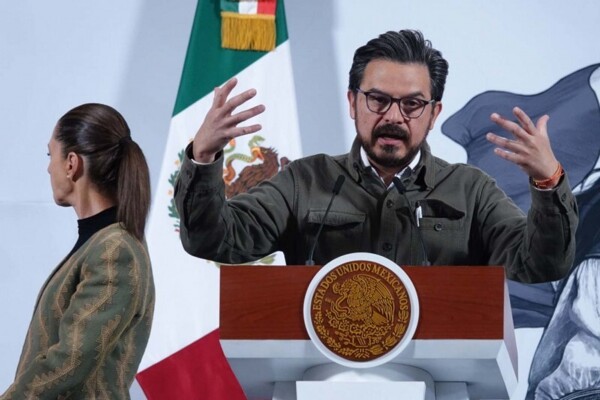
Climate change is a global reality that affects some regions in particularly intense ways. Global warming has caused an increase in temperatures, changes in precipitation, and a higher incidence of extreme weather events. These effects have had a significant impact on different areas of the planet, as highlighted by the Sixth Assessment Report of the Intergovernmental Panel on Climate Change (IPCC).
In regions of Africa, Asia, Central America, and South America, the growing frequency of extreme weather phenomena has generated food and water insecurity, particularly harming communities that depend on agriculture. Crop losses and serious economic consequences are a challenge for these vulnerable groups striving to survive in an increasingly hostile environment.
To address these challenges, sustainable technology is presented as a fundamental tool. Having accurate weather forecasts helps farmers plan their tasks more efficiently, from irrigation to fertilization, thereby optimizing resource use and effectively protecting their crops.
Oscar Delgado, sales director for Latin America at Myriota, a leader in satellite connectivity for the Internet of Things (IoT), highlights the importance of this information for farmers. Satellite monitoring not only allows for planning irrigation but also helps to prevent flooding, ensure access to water, and detect signs of drought, all of which contribute to more efficient water resource management.
Additionally, satellite technology facilitates communication in remote areas and during power outages, improving resilience in the field and protecting both yields and agricultural infrastructure. By combining satellite connectivity with IoT solutions, greater resilience and operational efficiency are achieved, reducing costs, optimizing resources, and improving financial outcomes.
To enhance efficiency and sustainability in agriculture, technological solutions like Agbot have been developed, allowing for efficient water management in remote areas, reducing costs and boosting productivity. These innovations have reached Mexico, where agriculture faces challenges from climate and infrastructure. Monitoring soil moisture, crop health, and environmental conditions through satellite systems provides valuable tools for Mexican farmers to improve their operations and make informed decisions in an adverse environment.













